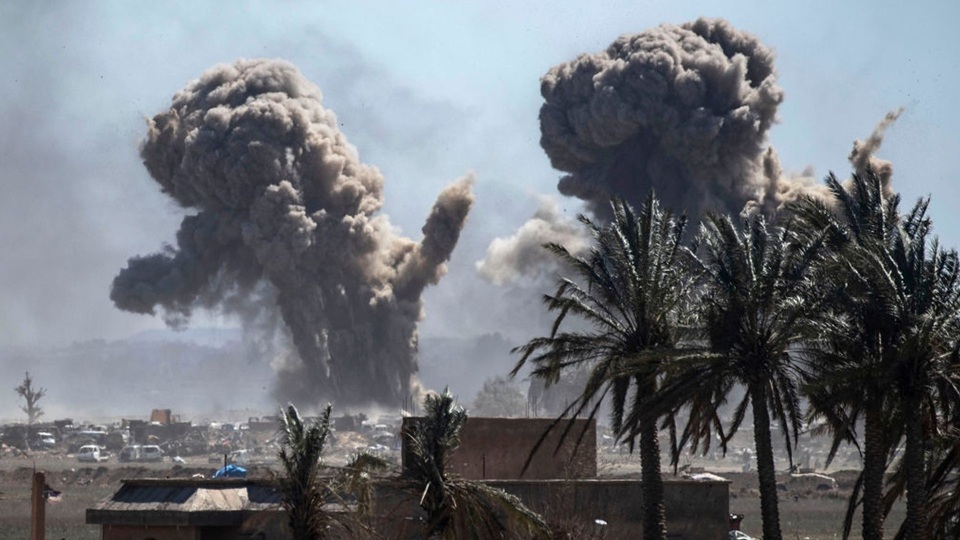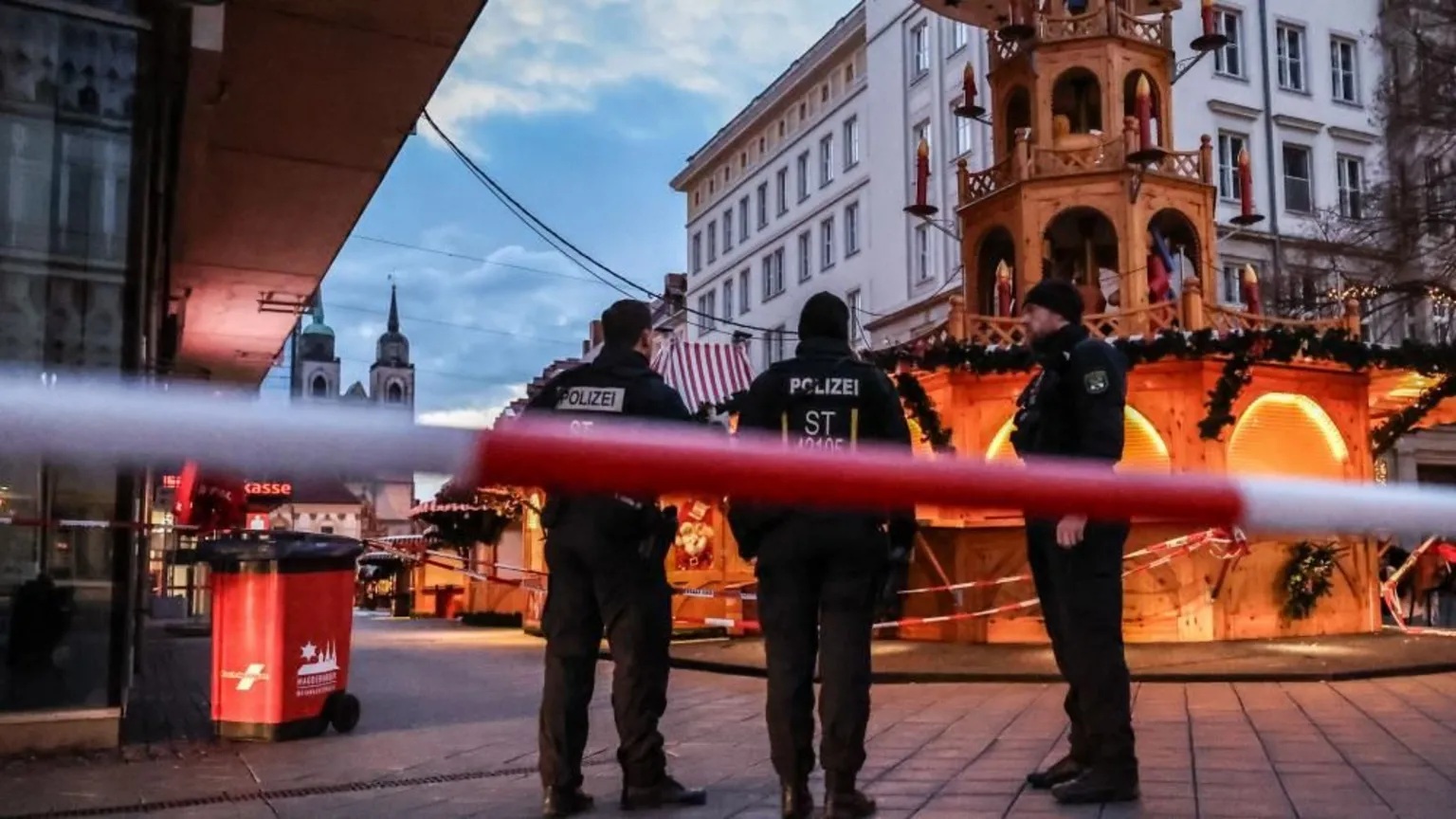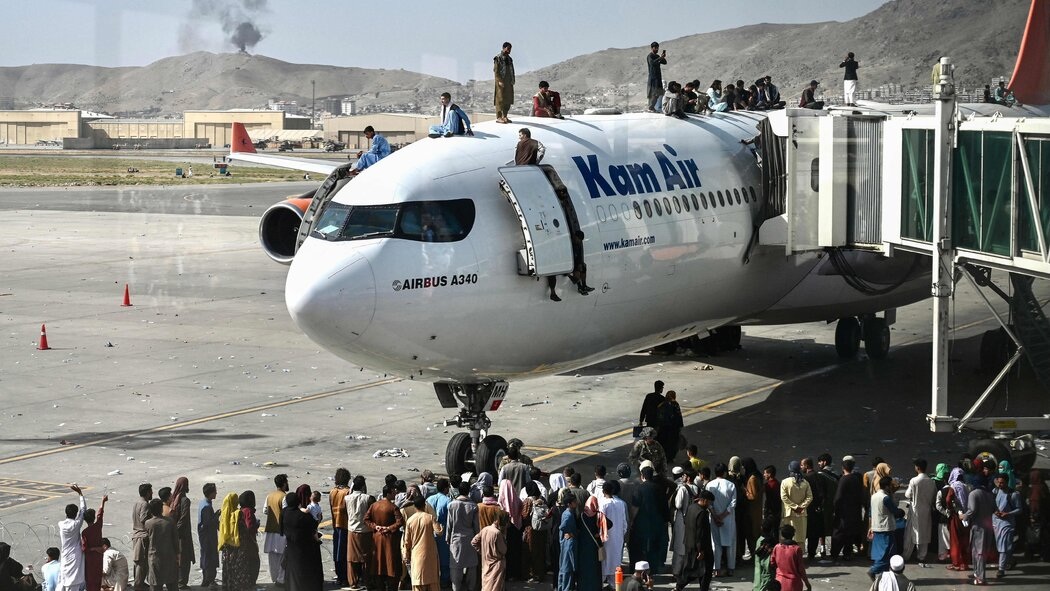
The connection between the Middle East and South Asia is predictable and understandable, given their involvement in regional developments and informal alliances. Where the Indian and Pakistani military and political postures changed accordingly, this time it is observed that the development of their postures and growing military readiness differ. And all-out war was prevented.
By Ahsan Ali
In the recent development in May 2025, when we observed how the South Asian region flared up on the brink of war between two nuclear-armed neighbours, India and Pakistan, the whole world's eyes were on South Asia. The new flashpoint was shifting from Ukraine and Gaza to Pakistan and India when India fired missiles over Pakistan, with the rhetoric of Pakistan supporting the militancy in Indian-occupied Kashmir.
Where before the escalation of warfare, there were war of words between the two nuclear-armed neighbours and attention shifting towards South Asia, backchannel diplomacy was done extensively by the Middle Eastern powers alongside Iran, which made a last-ditch attempt to stop the war between the two. Before any proper dialogue between Iran and India, war occurred between the two neighbours, before we brokered peace.
The situation escalated when India suspended the Indus Water Treaty, which had been in effect since 1960. Despite three major wars, numerous skirmishes, and several political shakeups, the suspension of the treaty had never occurred before. The suspension of the treaty has only allowed India to weaponise the water, and one growing regional hegemon, China, may get the chance to use water in any future aggression against India to stop the water flow to India, affecting the state apparatus.

To observe closely the recent escalation, India, to gain political domestic support and regional posturing, shifts the blame to Pakistan despite the Indian intelligence RAW security failure admission, and failure to identify or capture the militants. Where the crisis escalated further with a hawkish stance by Indian politics and decision-making,
Pakistan and India bulged with weapons to have a military standoff with one another. It is crucial to recognise that India's efforts to garner political support are exacerbating the crisis, and it will cease when it achieves sufficient domestic political backing and incurs limited economic damage.
In the 2019 Pulwama attack, the same warlike rhetoric was raised. India sent fighter jets, one of which was shot down by the Pakistani air force and later de-escalated the situation. This time, India intensified the political and military posture against Pakistan by conducting missile strikes, deploying the air force, sending surveillance drones and India's media hostile narrative against Pakistan across India and the world.
India has shifted from passive containment to preemptive signalling of war with a revived Cold War-like approach. Meanwhile, Pakistan is adopting a strategy of strategic patience to internationalise the conflict, aiming to involve more actors rather than escalate militarily. Where attacks were making the situation worse, Pakistan signalled an avoidance of war in an effort to de-escalate the delicate balance between the two nuclear-armed neighbours.
Where the missiles were silent in the US thanks to President Trump, the crisis in the Middle East escalated between Iran and Israel over political tensions and nuclear armament, with Israel assassinating top military and nuclear brass of Iranian leadership in coordination with the US.
With a continuous 12-day war between Iran and Israel, the conflict sent repercussions on alliances and engagement between allies, neighbours and partners.
Iranian ties with India have been economically engaging; this time, India's long-standing defence-intelligence relations with Israel, in drones, counterterrorism, and defence, backfire as Iran views Indian engagement with Israel suspiciously.
In the mainstream Indian media, analysts, journalists and the public blamed Iran for the recent escalation, allowing the Pakistani public to support Iran, which was observed positively, during the heightened tension. In contrast, the political and intelligence alignment between India and Israel grew closer.
With the 12-day war trauma, Iran strengthened its security apparatus and targeted Afghan and Indian civilians, accusing them of being agents of Israel. This act significantly changed the dynamics of people-to-people interaction between the two states, as Indians openly sided with Israeli’s during the Iran-Israel 12-day conflict.
Iran marks India as “silent enablers,” pointing to the limited alignment with Iran. Where the Strait of Hormuz closure disrupted oil supply and labour movement, India held a session with the UAE and Saudi Arabia on an emergency energy corridor and maritime security, highlighting India's strategic alignment against Iran.
Pakistan balanced the threat between Tehran and Washington during the crisis by assuring both Iran and Washington that their support would maintain a balance in the relationship throughout the 12-day crisis.
Iran symbolically crossed a significant milestone in an international diplomatic forum, which the Iranian President appreciated and expressed gratitude towards Pakistan. Pakistan's support towards Iran was primarily diplomatic, rather than any covert material or military assistance.
India and Pakistan were at odds in May 2025. India felt pressured by the US to be soft, which led the Indian leadership to take a more rigid stance in supporting Israel, signalling to Washington that India was a reliable and dependable ally rather than Pakistan, which condemned the US strikes on Iran.
Pakistani civil-military political leadership nominated President Trump for the Nobel Peace Prize one day before the US strike on Iran. Where domestic criticism was against the civil-military leadership, Pakistan balanced it by condemning the US over its actions in Iran, and Pakistani Prime Minister Shehbaz Sharif affirmed support for Iranian President Pezeshkian.
With Pakistan threading diplomatic needles skillfully, Iranian Maj. Gen. Abdolrahim Mousavi called Pakistan Army Chief Asim Munir to discuss Pakistan's stance and support for Iran, taking note of Pakistan's ability as a credible mediator between the two.
At the same time, Pakistan's support to Iran was evidently more rhetorical and symbolic. In contrast, the reports of Pakistani nuclear support were declared falsified, with monitoring of the Pakistani Shia militia brigade Zainabiyoun over any mobilisation and messaging during the crisis, except threats via social media.
The thaw between the US and Pakistan is comprehensive, with Pakistan handing over Mohammad Sharifullah to the US in late February 2025. The situation was cemented when the US imposed retaliatory tariffs on India over its oil trade with Russia, and President Trump's comments on the prospects of an oil agreement with Pakistan. The relations between the US and Pakistan may improve with a potential new deal in October 2025.
The crises are interlinked, with the Pakistan-India and Iran-Israel/US crises being interconnected. The actions taken in response have implications for each other and the broader region. Indian engagement with Iran may have stalled, as it focuses on enhancing intelligence relations with Israel and establishing a reliable partner to the US.
Meanwhile, Pakistan gained symbolic and extended support from the Iranian public, as well as the thaw in relations between the US and Pakistan, where both states have renewed dialogue and potential for further cooperation.






